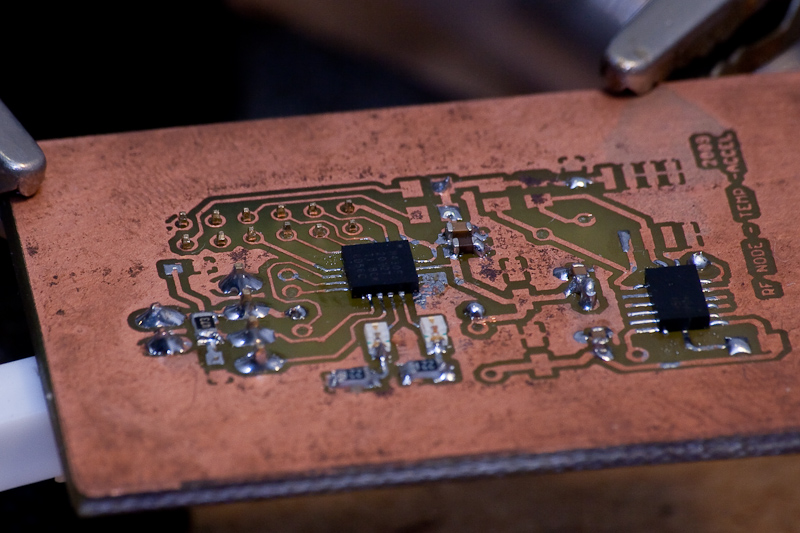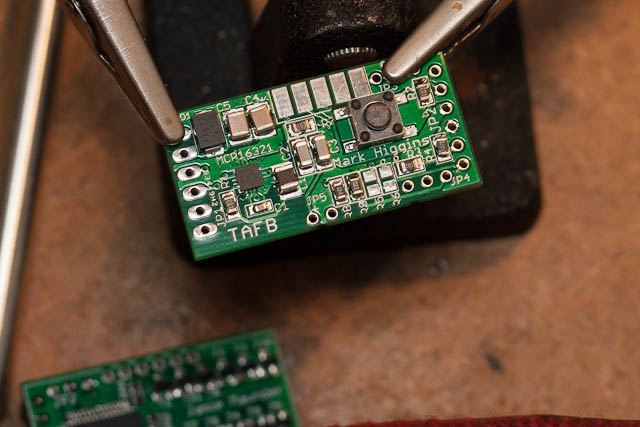Texas Instruments has announced the OPA1622 stereo headphones driver IC. It provides plenty of output power into 32 ohms or higher, no distortion and no noise. It is wideband. Its supply can be as low as 4V.
BUT, it costs $7.35 at Digikey today and they can supply only one if you want. It is so small that you can barely see it and its contacts (it has no pins) are half-a-millimeter-apart underneath it. Also on its bottom is its thermal pad that must be soldered to a heatsink somehow.
How can we use such a tiny little thing? I wonder how soon a little pcb from China will have it already to be used?
BUT, it costs $7.35 at Digikey today and they can supply only one if you want. It is so small that you can barely see it and its contacts (it has no pins) are half-a-millimeter-apart underneath it. Also on its bottom is its thermal pad that must be soldered to a heatsink somehow.
How can we use such a tiny little thing? I wonder how soon a little pcb from China will have it already to be used?
 , Now I learned to check the size on a print out first.
, Now I learned to check the size on a print out first.



